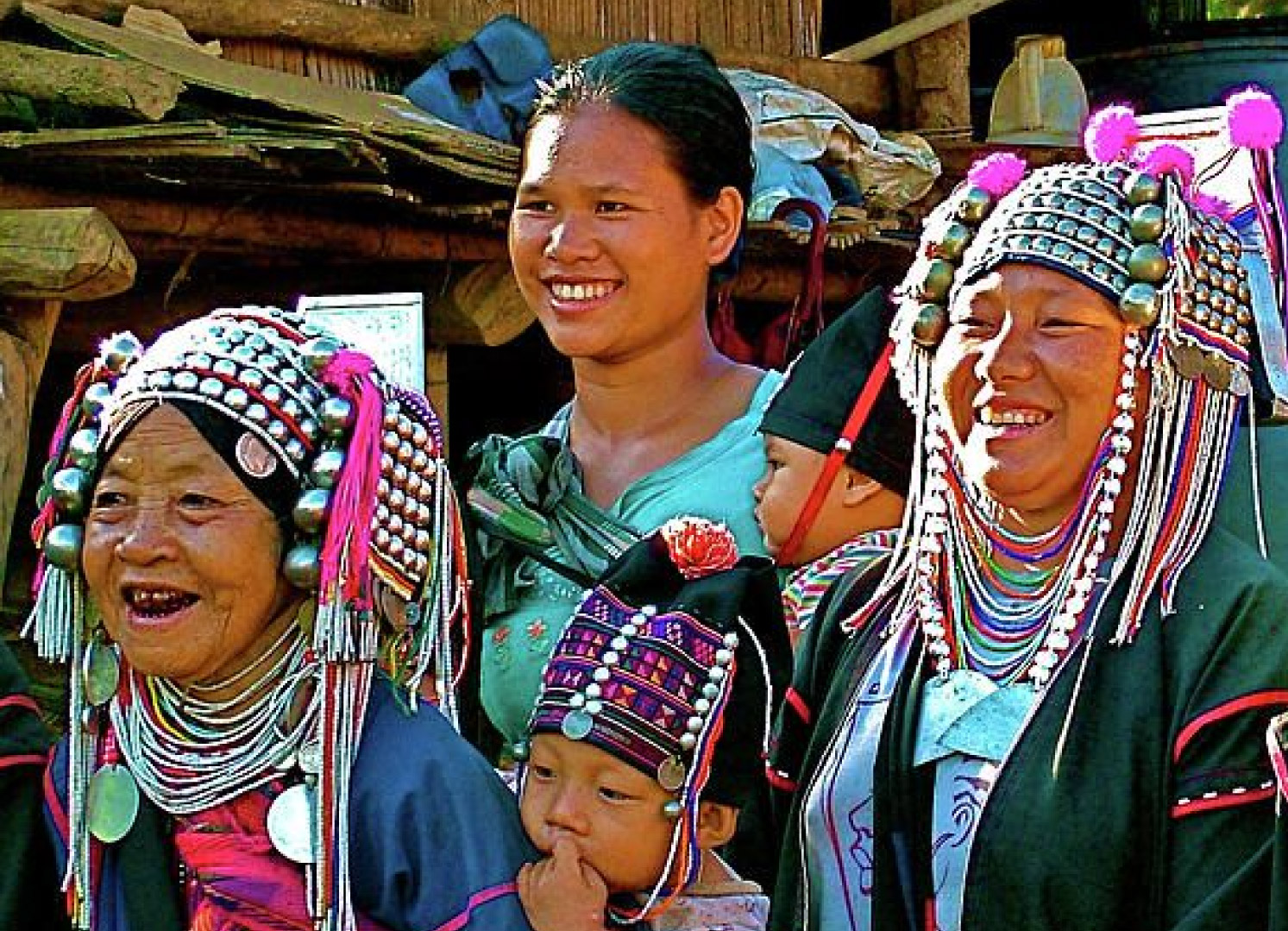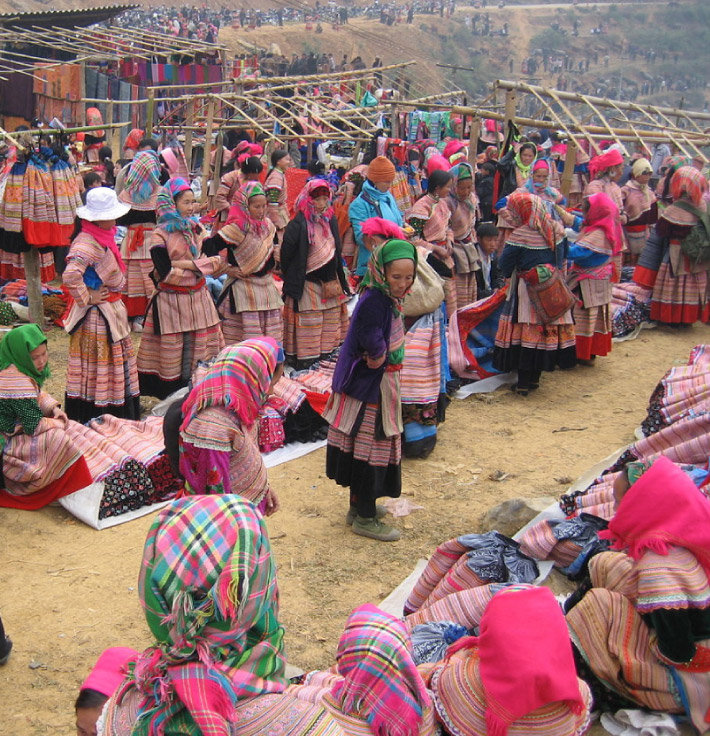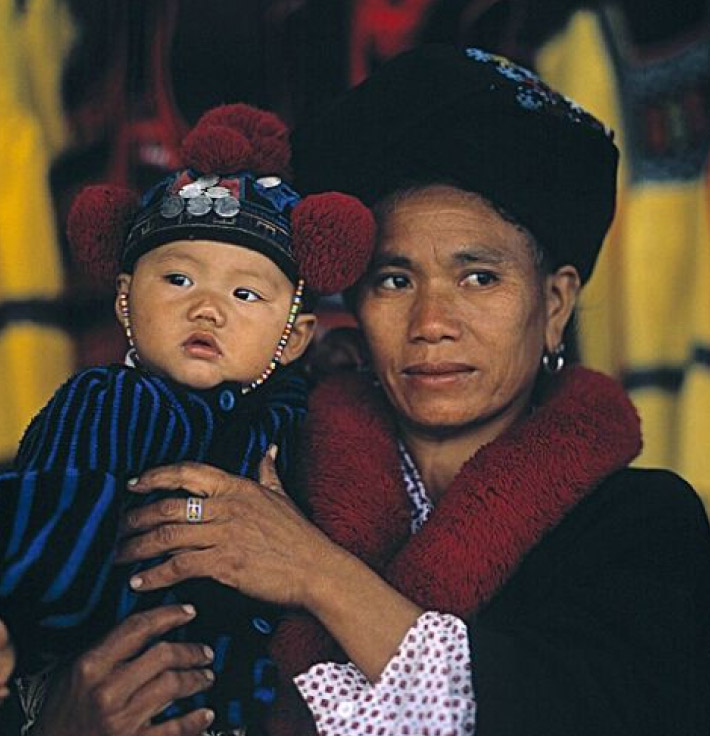Hill Tribes of Northern Thailand
Your Next Epic Cultural Adventure
The jungles, rivers and mountains of northern Thailand offer plenty of exciting options for the adventure traveler. As for the cultural aspect of your northern Thailand trip, visiting hill tribe villages can be one of the most enjoyable activities. The colorful and traditional outfits and crafts of the hill tribe people and their way of life have piqued the interest of many visitors of Chiang Mai and other areas of the north. You can take a trek to one of these villages and if you are really into a more immersive experience, you can stay with the hill tribes and sleep, eat, and live as one of them.

The Main Indigenous Groups
The hill tribes or (Chao Khao in Thai) are made up of various ethnic minorities in Thailand. Many of them migrated from various areas in China, Myanmar, Laos, Tibet, and other parts of Southeast Asia, mostly due to political persecution and civil war. They settled in outlying villages in the surrounding hilly areas and highlands of Northern Thailand, and have thus been known as ‘hill tribes’. Each group has their own languages, laws, customs, beliefs, and traditional clothes. Some hill tribes are further divided into subgroups, here are the more well-known main groups of Northern Thailand.
Karen Hill Tribe
One of the most iconic images of ethnic groups in Thailand is of women from a hill tribe who have amazingly elongated necks adorned with stacks of brass rings. These metal coils have been placed on their necks since birth, but is considered by some us an unnecessarily and antiquated practice. They belong to the Paduang tribe, also known as the Long Neck Karen, a subgroup of the Karen hill tribe.
The Karen is the largest hill tribe in Thailand. They sought sanctuary in Thailand when they fled Burma (now Myanmar) and its military regime. They are predominantly farmers, are famous for their excellent silversmith skills, and live in villages of clustered houses on stilts. There is a clear distinction between married and single women in the way they dress, with the former wearing a black shirt and a colorful skirt and the latter wearing a long white outfit. The men tend to wear black or blue pants or sarongs. The Karen make beautiful hand-woven cloth with decorative stitching, and you may be treated to witness first-hand how they skillfully weave their traditional fabrics when you visit one of their hill tribe villages.
Akha Hill Tribe
The Akha live in bamboo houses on low stilts and are traditionally designed with one section for females and another for males. There is also a communal area for both genders. There are two subgroups of Akha, which are the Loi Mi and U Lo. The women of these subgroups can be distinguished based on the type of headdress they wear. The Loi Mi women have a metal plate on the back of their headdress while the U Lo women wear a cone-shaped headdress. Each Akha female from both subgroups has a unique headdress adorned with beads, balls, bells, and coins. You can also see amazing embroidery, feathers, shells, and more to distinguish their age and marital status. The Akha wear black tops and bottoms adorned with colorful traditional embroidery. Their villages have a spirit gate which is decorated with carvings and amulets to protect them from evil spirits.
Around 100 meters in height, the Buatong Waterfall features two levels with about 50 degrees slope. It is also referred to as “Sticky Waterfall” because of its rock that is rather sticky than slippery, allowing you to walk or climb on them without the risk of slipping as these rocks are composed of limestone deposits.
Hmong Hill Tribe
The Hmong are also called the Miao and are the second largest group of hill tribes in Thailand. They are famous for the silver jewelry that they wear as adornments and as a symbol of their wealth. They are also known for their batik, embroidery, and hemp fabrics. There are two subgroups that you can find in the Chiang Mai region — the Blue Hmong and the White Hmong — and each is distinguishable by their costume. For example, the Blue Hmong women wear pleated skirts with intricate embroidery while the White Hmong women wear white skirts or black trousers. Their villages are usually easily distinguished from other hill tribes because their homes are wooden houses on the ground rather than the usual bamboo houses on stilts.
Lahu Hill Tribe
There are a handful of Lahu subgroups but the biggest one is the Black Lahu. The women are distinguished by their black and red jackets and skirts while the men wear baggy blue or green pants. They have a reputation for being excellent hunters and for living in very remote villages to preserve the traditional Lahu way of life. Many of the Lahu have been converted to Christianity or Buddhism. However, there are still some who remain as animists. Those who still practice animism have a central temple in their village where they can worship their guardian spirit.
Lisu Hill Tribe
Lisu clans are patriarchal, and it is common for extended families to live together. If you get to visit a Lisu village, you will notice that there is a spirit house in each home and a shrine in each village. The Lisu traditional dress is a feast for the eyes. The women wear long, brightly colored tunics over pants, a belt, as well as turbans with tassels. They also have a vest covered with many silver buttons. Furthermore, the other articles of clothing are accessorized with long strings of beads and thin strips of fabric.
Mien Hill Tribe
Dara Ang Hill Tribe
The Dara Ang fled Myanmar to avoid military persecution. Those who settled in Thailand are of the Silver Palaung or Pale subgroup. Their trademark is the silver hoops that they wear as belts over their bright (usually red) tops and skirts, thus the name Silver Palaung. They believe that these hoops serve as a form of protection. A Palaung village consists of long bamboo houses where several families live in one house.
Being a Responsible Tourist when Visiting Northern Thailand Hill Tribes
Due to the increasing interest and curiosity of tourists to experience the hill tribes of Thailand, locals, and tourism groups have taken advantage of this demand. However, there is a growing concern that some may be exploiting these ethnic minorities instead of helping them. As a responsible traveler in Thailand, make sure you book tours or village stays with credible, ethical, and reputable travel agencies who value, protect, and promote the welfare and preservation of the beautiful and unique culture and traditions of the northern Thailand hill tribes.
Best Deal
Check Out Our Combination trips
CONTACT INFO
8ADVENTURES
Phone: +66 8 9000 7728
Email: [email protected]
Contact Us Web Form
TAT# 0505558000355








